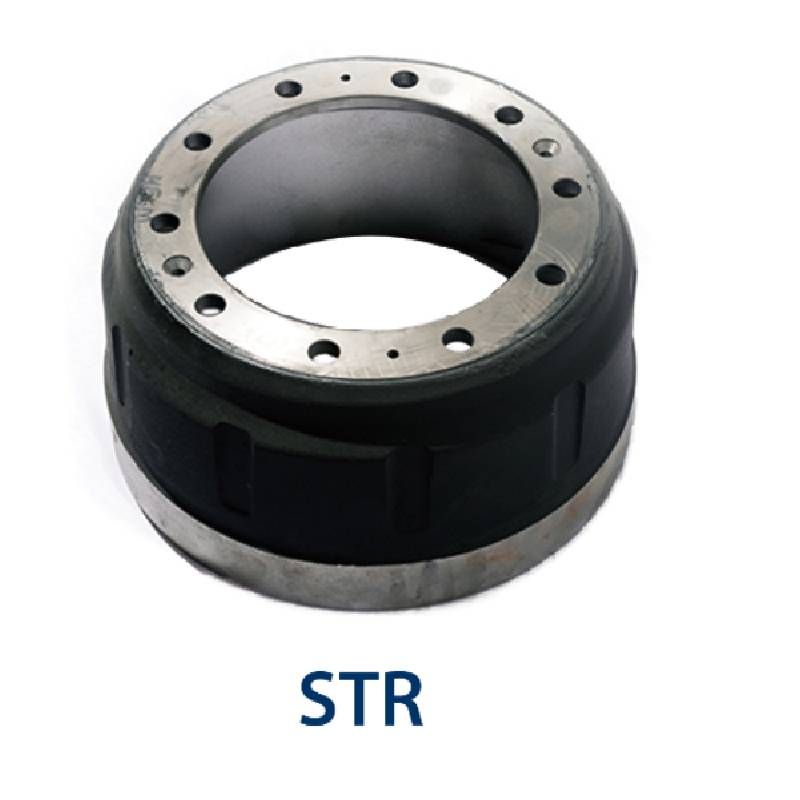നവം . 14, 2024 19:36 Back to list
what does the brake drum do
What Does the Brake Drum Do?
When it comes to the safety and functionality of our vehicles, the braking system plays a crucial role. Among the various components of this system, the brake drum is essential in ensuring that a vehicle can stop safely and efficiently. While most drivers may not give it much thought, understanding the function and importance of the brake drum can enhance one’s knowledge about vehicle maintenance and safety.
A brake drum is part of a drum brake system, which is commonly found in older cars and trucks as well as some modern vehicles, particularly on the rear wheels. The basic design of a brake drum includes a round, cylindrical component creating the braking surface, and it is usually made of cast iron or aluminum for durability. When the brake pedal is engaged, brake shoes press against the inside of the brake drum, generating friction that slows down or stops the vehicle.
The Function of the Brake Drum
The primary function of the brake drum is to provide the necessary friction to halt the vehicle's motion. When the driver steps on the brake pedal, hydraulic fluid is directed to the brake cylinder, which pushes the brake shoes into contact with the inner surface of the drum. As the shoes press against the drum, the friction generated between them slows the drum's rotation and, consequently, the wheels of the vehicle.
The design of the brake drum allows it to effectively dissipate heat generated during braking. When brakes are applied, especially in situations requiring sudden stops, a significant amount of heat is produced due to friction. The brake drum's material and construction aid in dispersing this heat, preventing overheating that could lead to brake fade—a reduction in braking effectiveness.
Components of the Brake Drum System
The brake drum system consists of several key components that work together to ensure efficient braking
1. Brake Drum As mentioned, this is the cylindrical part that the shoes press against. 2. Brake Shoes These are curved components that are pushed outward against the drum by hydraulic pressure.
what does the brake drum do

3. Wheel Cylinder This is a hydraulic component that converts brake pedal force into a mechanical force, pushing the brake shoes against the drum.
4. Return Spring After the brake is released, the return spring pulls the brake shoes back to their original position, ensuring they do not protrude into the drum unnecessarily.
5. Adjuster Mechanism This component automatically adjusts the position of the brake shoes as they wear down, maintaining proper clearance and ensuring consistent braking performance.
Advantages and Disadvantages of Brake Drums
Brake drums come with their set of advantages and disadvantages. On the positive side, drum brakes are typically less expensive to manufacture and replace compared to disc brakes. They offer good stopping power and can be effective in certain applications such as light-duty vehicles and rear-wheel brakes.
However, drum brakes also have limitations. They tend to be less efficient at dissipating heat compared to disc brakes, which can lead to problems under heavy braking conditions. Additionally, they can be more prone to water and dirt buildup, potentially affecting performance. As vehicles have evolved, many manufacturers have shifted towards disc brakes, especially for front braking systems, due to their superior performance characteristics.
Conclusion
Understanding the brake drum's function is vital for every vehicle owner. Regular maintenance, which includes checking the condition of the brake drums and other components, is essential for ensuring safety on the road. Drivers should be aware of the signs of wear, such as unusual noises or reduced stopping power, which could indicate the need for inspection or replacement. By appreciating the role of the brake drum in the braking system, vehicle owners can take proactive steps to ensure their cars remain safe and reliable.
-
Premium Brake Drum Iveco – Durable Drum Brake Drum & Brake Shoe Solutions
NewsJul.08,2025
-
High-Performance Brake Drum Liza for Enhanced Safety Reliable Drum Brake Drum & Brake Shoe Solutions
NewsJul.08,2025
-
High-Quality Brake Drum MAZ – Durable Drum Brake Drum & Brake Drum and Brake Shoe for Optimal Performance
NewsJul.07,2025
-
High-Quality Brake Drum Kamaz for Reliable Performance Durable Drum Brake Drum & Brake Shoes
NewsJul.07,2025
-
High-Quality Brake Drum Kamaz for Reliable Performance Durable Drum Brake Drum & Brake Shoe Replacement
NewsJul.07,2025
-
Brake Drum Man - High-Quality Drum Brake Drum & Brake Drum and Brake Shoe Solutions
NewsJul.06,2025
